A few people have e-mailed to ask me if I *really* achieved inbox zero Zen as I stated in my “2010 – Year in Review” blog post. Well, there were definitely days when it was a struggle because I ignored my own advice, but overall – yes. How? I wrote a blog post entitled “How to manage e-mail overload” back in August that you may want to review for the full brain-dump – but in short the main methods I use are:-
- un-subscribing from newsletters I never read
- removing duplicate sources of information (i.e. You’re friends with a person/organisation on Facebook where you get their updates, you’re friends with a person/organisation on Twitter where you get their updates, you also get their e-mail newsletter, with their updates. It’s say fair to say you can safely unsubscribe to at least one of these methods)
- If someone e-mails you with a query that’ll take more than 30 seconds to respond to in writing – encourage them to pick up the ‘phone and call you instead of writing an in-depth response
- Only check e-mails a few times a day, and never read an e-mail without actioning it – be that replying, deleting it, filing it away for future reference (and by filing, that doesn’t mean leave in the inbox, rather move to a named sub-folder) or creating a task/appointment from it.
Plus, at the start of each year, there are a few steps I take to make sure Outlook is more manageable for the year ahead.
- I first detach all the attachments in e-mails and store them in a separate folder on my RAID-1 NAS that’s incidentally, also backed up to the Cloud on a nightly basis. Personally, I use an application called “LBE Attachment Stripper” that I bought for about $20 years ago to speed up this process. I’m sure there are other apps available to do the same thing nowadays, but the principle is to minimise the size of any .PST file you eventually create by detaching those bulky attachments first. Using this method, the actual e-mail message you’ll archive off still contains a link to the attachment at your storage location of choice (in my case, the NAS) so you don’t have to go searching for it.
- I then run Duplicate Remover for Outlook from MAPI Labs. Again, other apps are probably available that do the same thing, but this app simply searches for duplicate Contacts, Calendar appointments and then cuts out the dupes. You may think you don’t have any duplicates, but with Active Directory, LinkedIn, ActiveSync, Backup and Restores, and host of other sources all having access to your Outlook information – you will have duplicates somewhere.
- Next step is to use Mike Hudson’s VBA script to search Outlook and purge any empty folders.
- Finally, I archive off everything from the previous year to a new Outlook .PST file imaginatively entitled “Richard Tubb – 2010 Archive.PST”. In theory, you *should* be able to use Outlook’s built in the Auto-Archive facility, stating a date range containing the last 12 months and letting Outlook go and do the rest. In my experience though, this function leaves behind some perfectly properly dated e-mails rather than do the job properly, so simply creating the new .PST archive and then dragging and dropping those folders across is simpler. Remember to include Sent Items and the Calendar too.
- When you’re all done, from within Microsoft Outlook right-click the new Archive folder, go to Properties > Advanced Properties and click “Compact”. This will squish the file down even further, making it more manageable for backups and future use.
I’ve been following this type of “Spring Clean” process since 2003, and I’ll share something with you – I can’t remember the last time I actually went off to find one of those detached attachments, and it’s rare that I need to review old e-mails. There is a sense of satisfaction digging out that old e-mail when it’s really required though, and from a data storage perspective, better that info sitting in a reasonably sized .PST file (backed up to the Cloud, naturally) than in my main .PST or Exchange Store.
I hope these tips help you get your own Microsoft Outlook inbox into order for the New Year. Any questions, or suggestions, please leave a comment or get in touch!


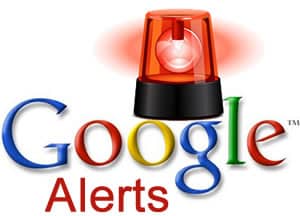

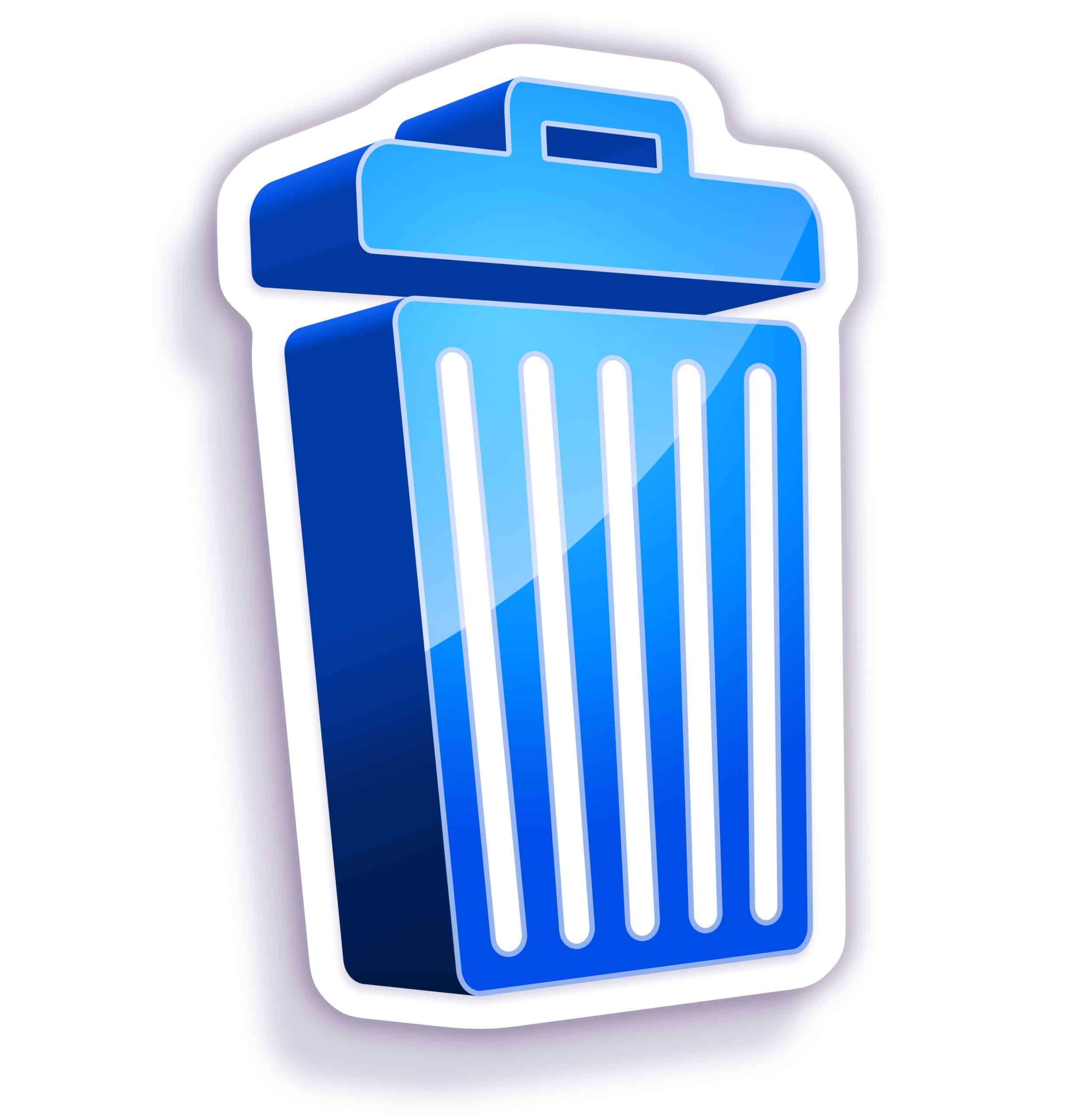
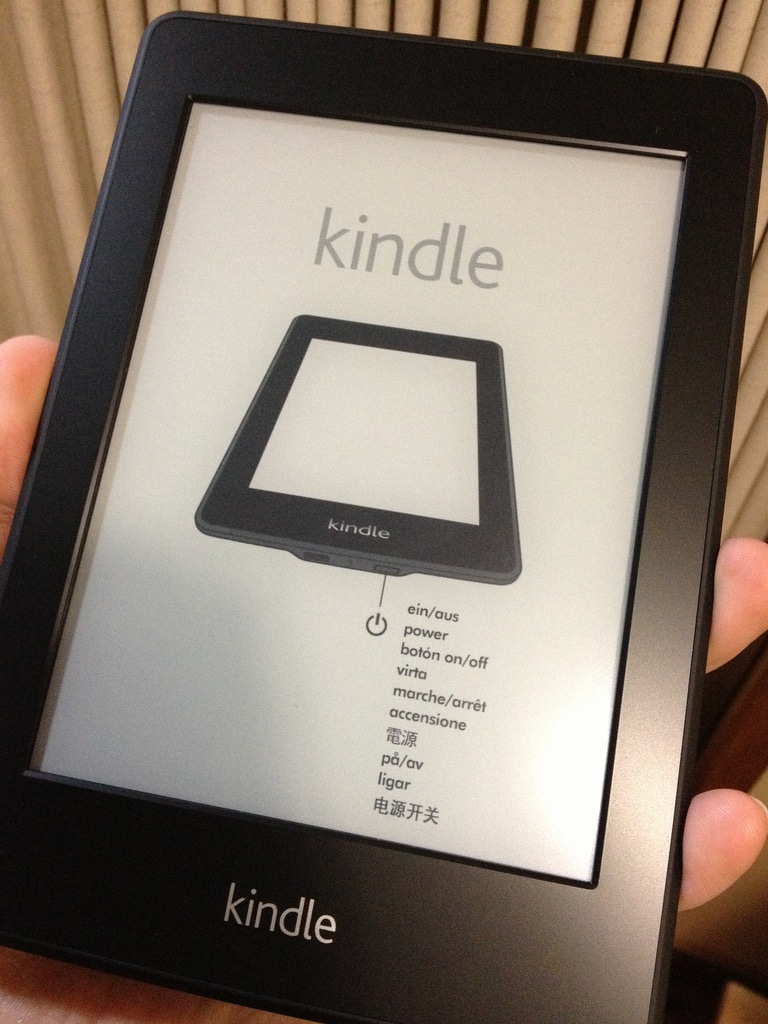
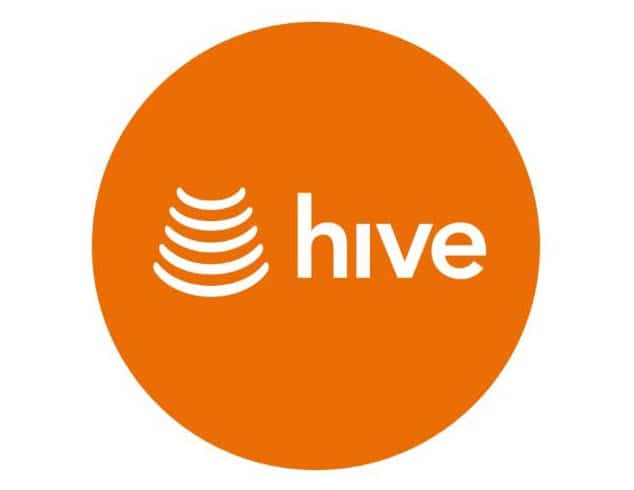



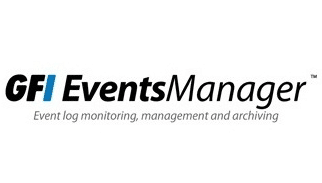

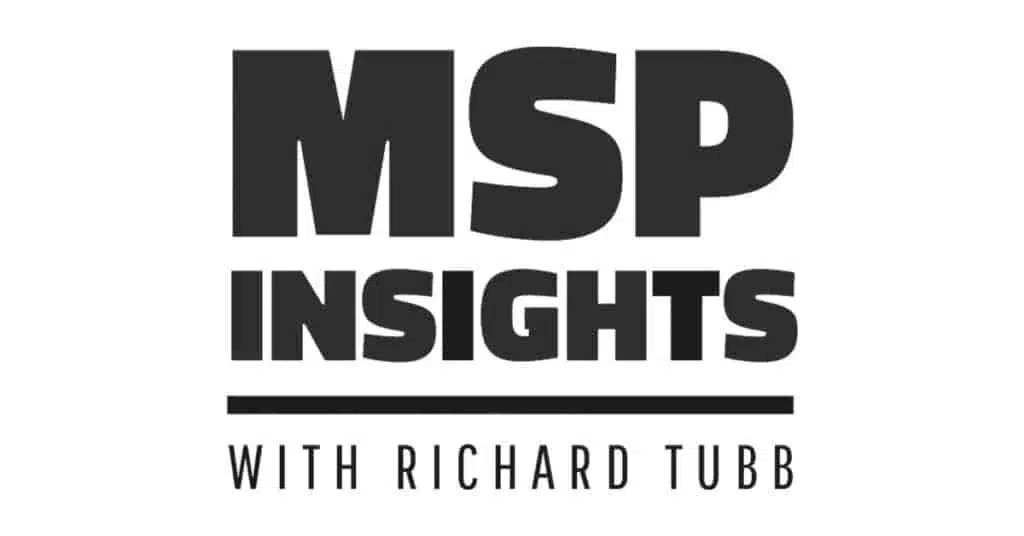
Comments